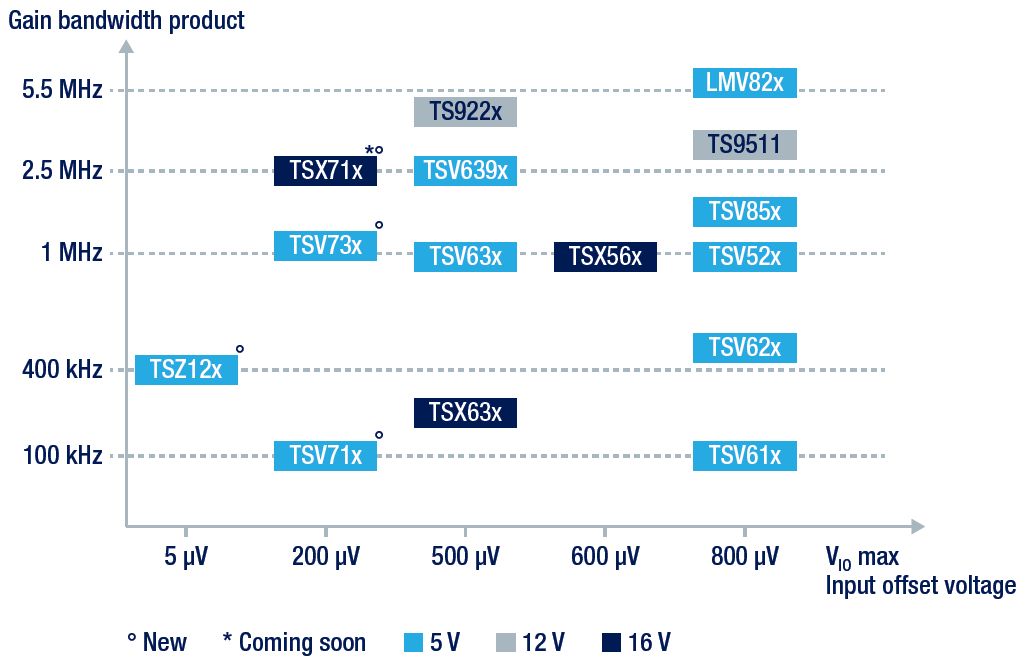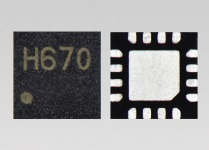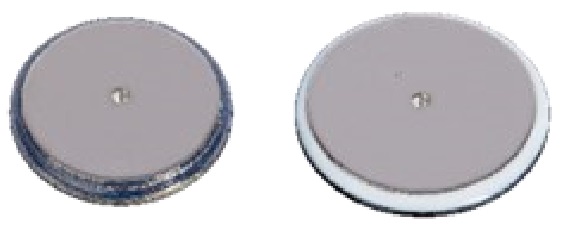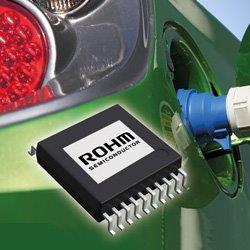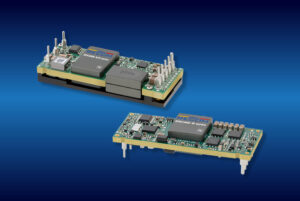Switches/MUXes
The analog switch is an electronic component that behaves in a similar way to a relay but has no moving parts. The switching element is normally a Mosfet.
The control input to the switch is a standard logic input, which is shifted by internal circuitry to a suitable voltage for switching the MOSFET. The result is that a logic 0 on the control input causes the MOSFET to have a high resistance so that the switch is off, and a logic 1 on the input causes the MOSFET to have a low resistance, so that the switch is on. Analogue switches are usually manufactured as integrated circuits in packages containing multiple switches (typically two, four or eight).
Important parameters of an analogue switch are:
- on-resistance: the resistance of the MOSFET when switched on.
- off-resistance: the resistance of the MOSFET when switched off.
- signal range: the minimum and maximum voltages allowed for the signal to be passed through. If these are exceeded, the switch may be destroyed by excessive currents
Applications
- Analog audio and video signal routing
- Control timing circuits
- Current routing
- Data acquisition
- Data routing
- Load shedding
- Mechanical relay replacement
- Power routing
- Power/load management
- Programmable filters
- Programmable gain amplifiers (PGA)
- Sample and hold circuits
- Stand-by circuits

